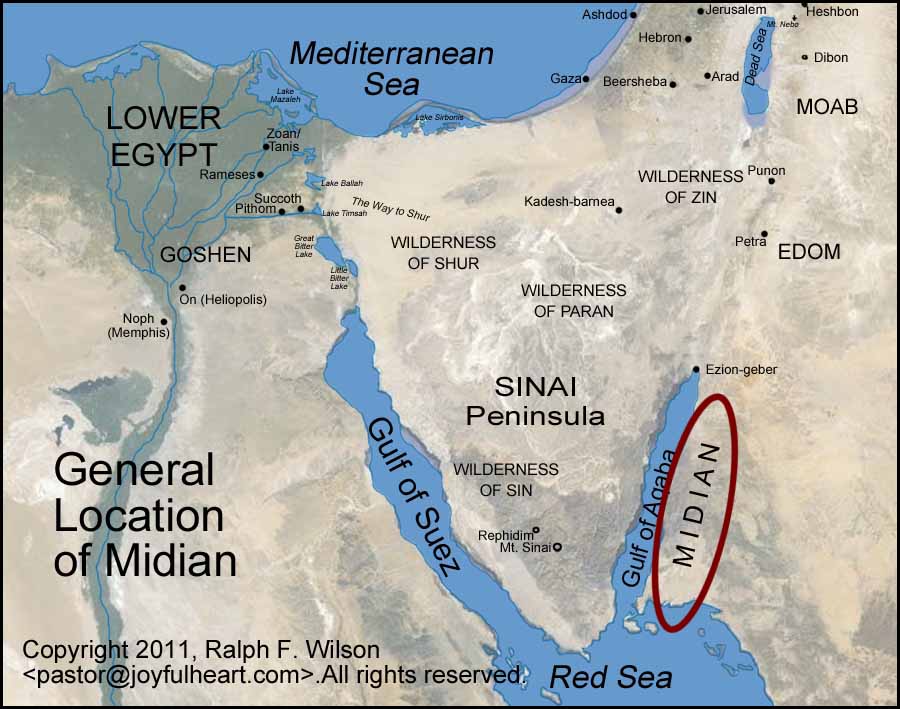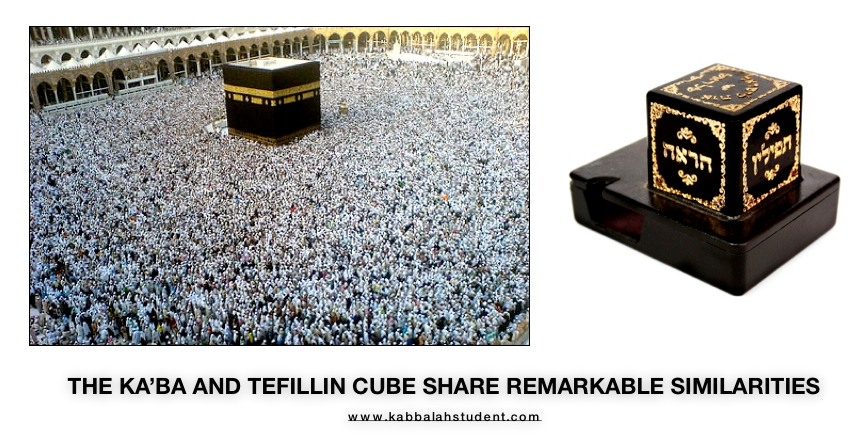Are you claiming that Jews wear 'mini-Kabbas' on their heads based on the Meccan sanctuary?
I hope not, but I wouldn't be surprised...
The Jewish Scholar in post 133 certainly seems to think so.
And there it is...
The Stone is mentioned in the Torah:
Isaiah 28:16 Therefore thus saith the Lord God: “Behold, I lay in Zion for a foundation a stone, a tried stone, a precious cornerstone, a sure foundation; he that believeth shall not make haste.
You must have missed the first few words where it says "I lay in Zion... a stone". I don't know if you're familiar with Zion, but its a nickname of Israel, Jerusalem and the Temple Mount. Last ן checked, Mecca was not within the borders of any of those.
Onward to your Jewish "scholar".
How cute. If only this "scholar" knew that Judaism already comes with its own cubes: the inner and outer altars.
Two cube in the Temple. One of the cubes was circled 7 times over the course of one of the 7 day holidays. Both cubes had four raised corners. They were used for daily Temple service.
Two cubes on the body. The straps on one of the cubes circles the arm seven times. Both cubes have four passages inserted in them. They're used during daily prayer service.
Incidentally, there are 3 right angels on phylacteries. Its not just a cube, but a square (upper box) surrounded by a square (middle square sewn onto base) etched onto a square (base).
I wonder if this bears any relation to the altar which was a square (upper area) on a square (larger base) with a square (shown as a bold black line on the base) etched into it...
(Sorry for the Hebrew, couldn't find a good one in English. Also bear in mind, there was actually a space between the ramp and the altar, so its actually two connected structures.)
But no I mean, let's just go with them being closely related to the Kaaba instead. Because.
There is no evidence that Jethro was a priest of the Kaaba, or that the Ka'aba even existed 1300 BCE when Jethro was around.
Some suggest that there was
more than one kaaba at one point.
Nowhere is there indication that Moses studied under Jethro. It does say that he was his shepherd. Shepherds usually spend their time out in the fields, not studying under the priests in the city. It also says that he spoke to G-d on Mt. Horeb, another name for Mt. Sinai. The Kaaba is in a valley and [assuming it even existed at this time] was a place for idol worship in pre-Islamic times. Wherever Mt. Horeb/Sinai actually was, it clearly wasn't where Jethro served as priest since Jethro has to travel there in Ex. 18:5. So even assuming Jethro was a priest of the kaaba (again, so far no evidence of that), that was not where the Jews went when they went to the desert.
There is no evidence that one of the signs Moses told the Jews in Egypt that they were moving from the pyramid to the cube. The square requirement of the phylacteries is mentioned
nowhere in the Torah and is part of the Oral Tradition we have of things that Moses told us when he came down from Mt. Sinai. This was over a month after having left Egypt.
Circumambulation is present in a number of world religions. Whether or not pre-Islamic Arabs circled the ka'aba, the fact that Muslims do so today does not indicate that Jews wind our phylactery straps seven times because Muslims circle the Kaaba seven times. If anything, as Islam descends from Judaism its more likely that Muslims circle the Kaaba seven times, because we wind our phylactery strap seven times (or because we circle the podium in the synagogue seven times, or because we circled the outer altar seven times over the holiday of Tabernacles). Let's not forget the sequence of the religions' emergence.
The Hebrew word "
ḥag" meaning "circle" is probably used for celebration,
because you dance in a circle during a celebration. In the Torah, its also used to refer to sacrifices that were offered during celebrations. A clear example of this, is Ex. 23:18 "do not leave over (lit. spend the night) the fats of My
ḥag until the morning". So when Ex. 5:1 says, "and they shall
ḥag for me in the desert", its pretty obvious that its referring to celebratory sacrifices as Moses later tells Pharaoh in Ex. 10:25 "and also give into our hand sacrifices and burnt offerings, and we shall do [them] for our G-d." If the point was to go to the desert to perform hajj at the Kabaa, then we'd expect to see some mention of that somewhere.
I'm also not sure why the video isolated Ex. 12:14 as the other example of the word "
ḥag" when its actually used for all the festivals.
"
Ḥag" doesn't have the meaning of pilgrimage in Hebrew as it does in Arabic. When the Torah wants to indicate a pilgrimage, it uses the word "
regel (lit. leg)". The Three Pilgrimages are called the
Shalosh Regalim (three legs). This word is used to indicate going somewhere as in Num. 21:32 "and Moses sent to spy (la'
ragel)" and Josh. 6:25 "whom Joshua sent to spy (la'
ragel)". In these cases, the subject is going somewhere. Which happens to be something you use your legs for.
Anyways, the whole video is nonsense, because whoever put it together assumes that Jews are doing things because of reasons listed given in the Qur'an for Muslim customs. Meanwhile, on Earth Judaism came first. Its more likely that Muslims base their customs on Jewish Laws and requirements, than the opposite.




